1986 was a good year for gaming, the arcade scene was still hot and the 8-bit consoles were just getting started. That year saw Max RPM by Bally / Midway as the last great arcade drag racing game. It's lineage can be traced back to the early days as it was the last notable racing game to use the traditional four speed stick shift like Superbug and Drag Race. Max RPM actually borrowed a little bit from both games and made something more unique. We can start with the graphics and presentation.
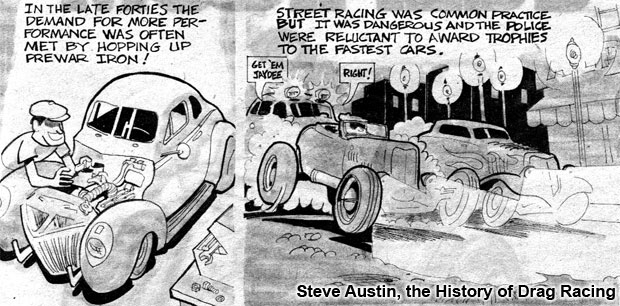
Notice the slobbering bug-eyed man on the logo. Does he remind you of the classic Ed "Newt" Newton Rat Fink art? Max RPM could be interpreted as a complete vision of those early arcade drag racing experiments. The industry would be able to improve the graphics from sprite-based cars and tracks to polygons, but to some like me, the charm was in the artistic interpretation of the cars and tracks themselves.
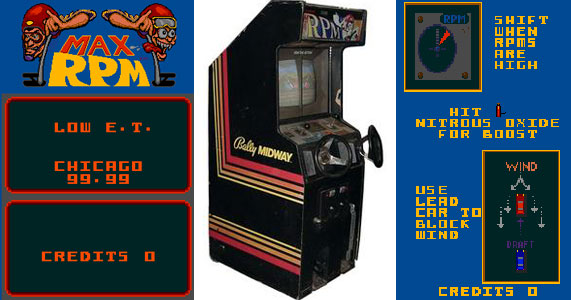
The purpose of the game was broken over a series of races and venues all over the country. Some were traditional drag races set on a quarter-mile track, others were drags in the city or even the outskirts of town. Players had to watch their RPM's to gain the maximum speed while shifting. Unlike Drag Race there was no chance of blowing an engine. Players could collect bottles of nitrous oxide "nitro" scattered on the road to gain a speed advantage and also draft behind their opponent to gain additional speed.
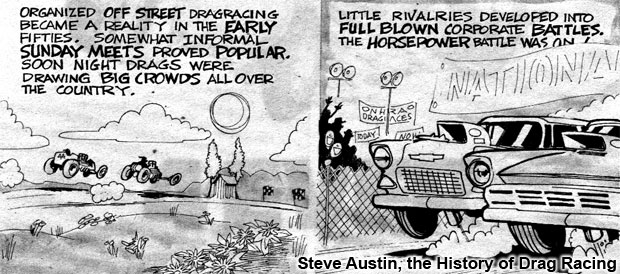
City courses were littered with garbage cans, road pylons and other debris that could slow your car down. Unlike Superbug designers no longer had to label the obstacles, these rough patches were in color and could be avoided with some expert steering. The perspective was behind the car and was on a split screen with two sets of controls on one cabinet like the original Drag Race.
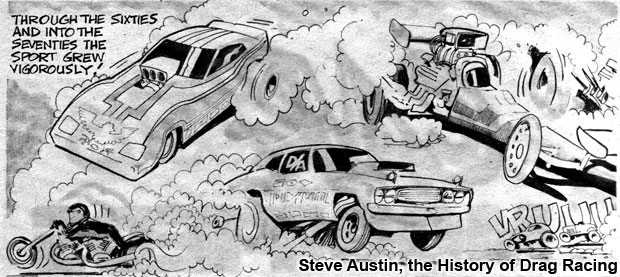
The game was brutally hard as few players could manage to leave the car class and reach the dragster levels on one quarter. By 86 Bally / Midway had maximized their strategy for exploiting players. Games like Max RPM and Rampage seemed to have no end. The days would advance, levels would get harder and days would turn to nights, still there was no ending. Just a high score on the attract screen, virtual bragging rights. Damn them but it worked.
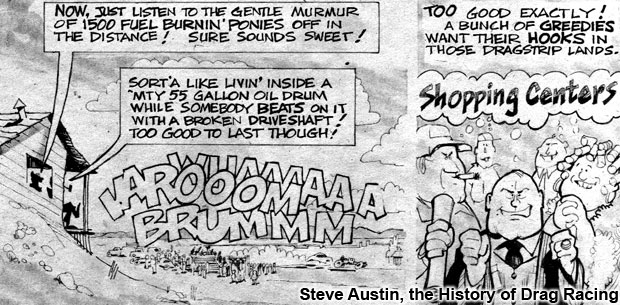
By the mid 80's real drag racing had changed from the sport I had grown up watching. The funny cars were all becoming homogenized, streamlined. Where we once used to see differences in the body shapes that mimicked the cars they were based on, we were beginning to see a universal wedge design. Worse yet, television stopped running most contests so I couldn't keep up with the advances in the dragsters either. Street racing was slowly picking up because the drag racing scene had been scaled back since the 70's. The reason was for safety concerns... or so we were told.
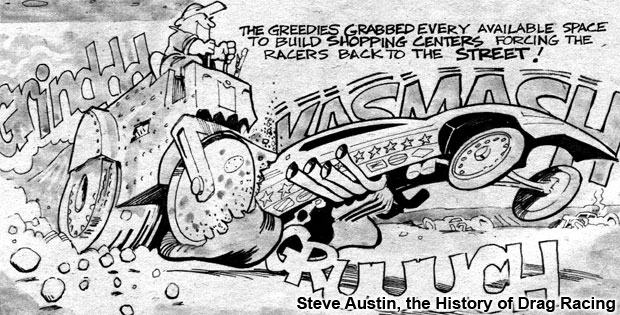
The energy that I talked about from the Irwindale Dragstrip used to be much closer. In Terminal Island, between Long Beach and San Pedro there used to be an amazing drag strip where people could race legally. It was shut down in 1984 and despite the best efforts from organizers and public demand it doesn't look like it will ever reopen. It seems that politics and greed will keep that land empty until the right business arrangement can be made. That is truly shameful.
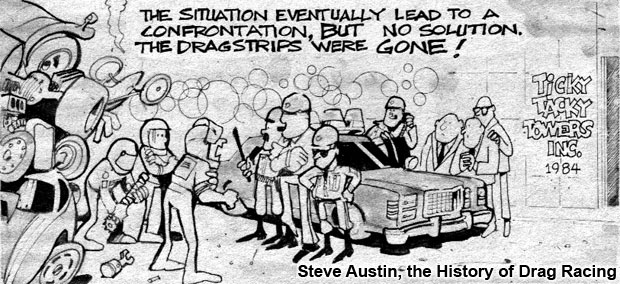
Even if the drag strip were open when I was immersed in the arcade scene, I was still too young to participate. My parents might have driven me to watch the races but it wouldn't have been enough for me. The best I could do was get very much into the arcade versions and use my imagination. I was hooked on Max RPM for a long while. Fighting to get a good draft on my opponent or trying to shake him off if he was doing the drafting. Trying to memorize tracks and shifts, any detail that might have given me an advantage.
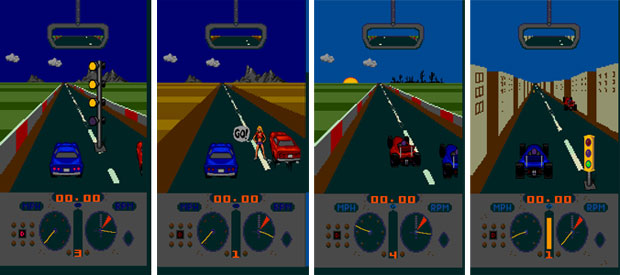
The graphics on drag racing games have improved since that time but the spirit is what is lacking. The creative spark that was hot rodding and became drag racing is hard to replicate. It is harder still to keep that spirit fresh and interesting to people that aren't die-hard racing fans. Sega created one of the early arcade experiences that approached racing with a fresh and unique perspective, completely different than the drag race experience. Their game eventually became a big-time, albeit short-lived series. Please come back to find out what game I'm referring to.
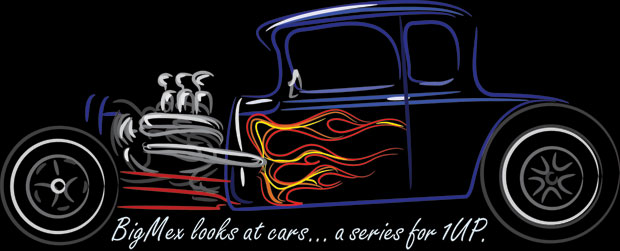

No comments:
Post a Comment